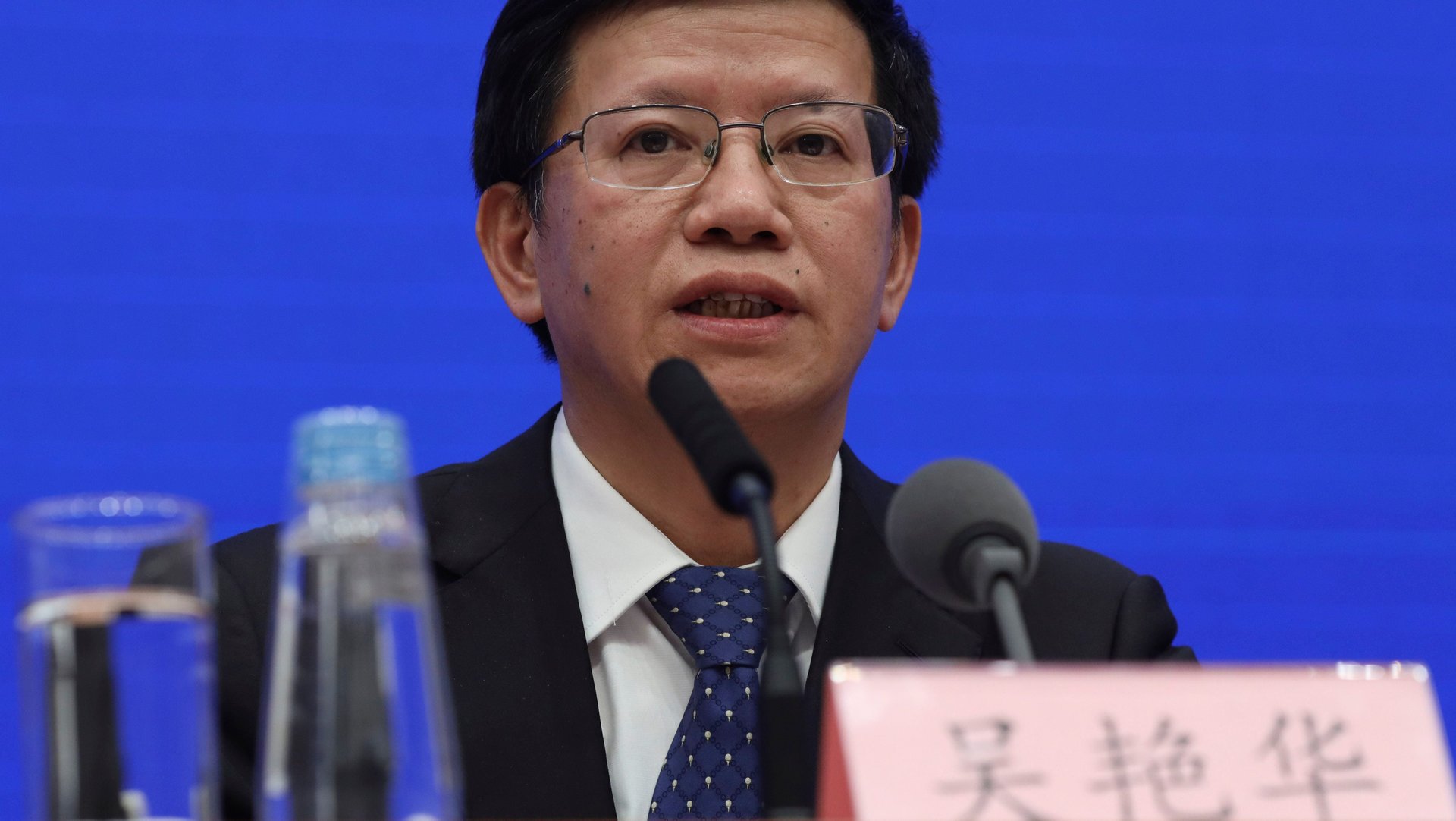The small ways NASA still cooperates with China’s space program, despite a ban
In its recent landing on the far side of the Moon, China had help from scientists from a handful of countries, while more and more institutes around the world are cooperating with China in space exploration. NASA, however, is left out, thanks to restrictions imposed by the US government since 2011.


In its recent landing on the far side of the Moon, China had help from scientists from a handful of countries, while more and more institutes around the world are cooperating with China in space exploration. NASA, however, is left out, thanks to restrictions imposed by the US government since 2011.
The US banned the space agency from working with China and its state-owned companies out of concerns regarding national security and technology transfers. As a result, China was locked out of the International Space Station because NASA is one of the participating bodies. More recently, scientists from other countries such as Germany and Sweden who were helping China with its exploration of the far side of the Moon were cautious of not falling afoul of US export controls on sensitive technology.
China’s space agency, however, announced that the two countries had shared data on its exploration of the far side of the Moon. “Cooperation is the joint will of scientists,” said Wu Yanhua, deputy director of China’s National Space Agency in a press conference yesterday (Jan. 14). He also noted that both organizations have met “frequently.”
According to Wu, China had discussed the possibility of NASA using its Lunar Reconnaissance Orbiter (LRO), which orbits the Moon, to observe the landing of the Chang’e-4 spacecraft on the lunar far side. Wu said that China had told NASA the exact landing time and position of the spacecraft, but the LRO wasn’t in the right position to do so as it wasn’t able to adjust its orbit with what little fuel it had left. Before the touchdown on Jan. 3, the LRO managed to capture pictures of the landing site.
In a statement last week, NASA confirmed those discussions, and said that “for a number of reasons” the LRO wasn’t able to be at the optimal location for the landing. But it added that the orbiter has been collecting data since Chang’e-4’s arrived on the far side, and will take photos of the landing site on Jan. 31. The agencies have agreed to share data on significant findings, if any, at a meeting of a subcommittee of the UN Committee on the Peaceful Uses of Outer Space to be held next month. “NASA’s cooperation with China is transparent, reciprocal and mutually beneficial,” the US space agency said.
NASA’s administrator, James Bridenstine, in an earlier interview with Quartz (paywall), had also said that the agency can share data with China. “When they do a science mission to the Moon, we’re hopeful they will be able to share with us the data they receive, and when we do a mission to the moon, we can share data with them,” Bridenstine told Quartz. “Understanding and characterizing the Moon and doing that kind of science is in the interest of all humanity. It’s not something any one country should try to retain for itself.”
Update, Jan. 21: The story was updated with details from NASA’s statement last week on its orbiter’s observation of Chang’e-4. Learn more about NASA’s restrictions on working with China.